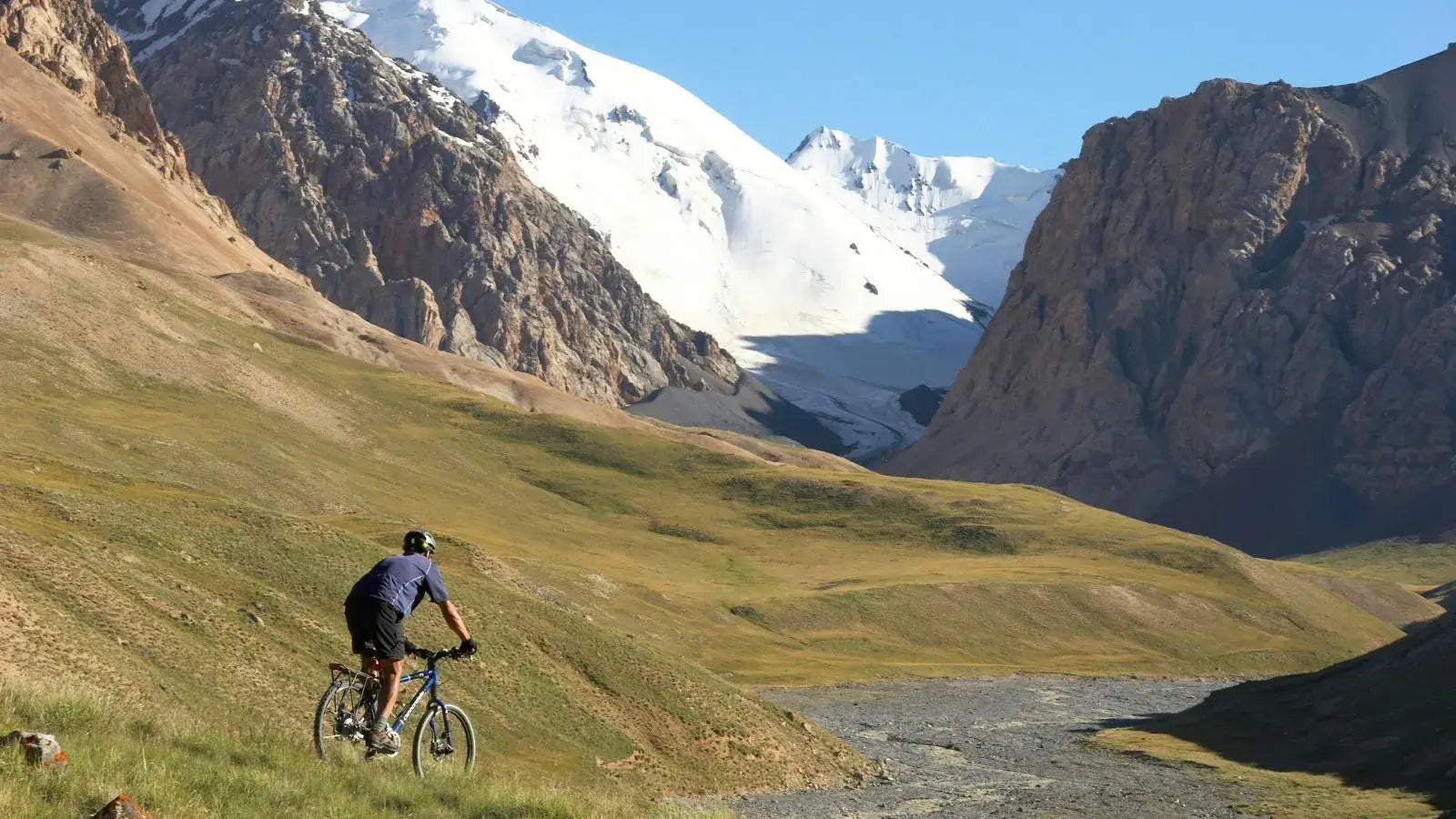
Overcome Steep Trails Like a Pro: MTB Climbing Tips
Mountain biking is an exhilarating way to explore the great outdoors, but when the trail takes a steep turn upwards, it can be a challenge. With the right techniques and mindset, however, you can conquer any incline.
Whether you're a beginner or a seasoned rider looking to refine your skills, mastering mountain bike climbing is essential. In this guide, we'll provide practical MTB climbing tips to help you tackle even the steepest trails like a pro.
Understanding the Basics of MTB Climbing
Before diving into specific techniques, it's important to understand the basic principles of emtb bikes climbing.
Body Position: Where Should My Butt Be?
A common question among mountain bikers is, "Where should my butt be?" The answer varies depending on the gradient of the climb. On steep climbs, shift your body weight forward. This means moving your butt towards the nose of the saddle. This position helps maintain traction on the rear wheel while preventing the front wheel from lifting off the ground.
Gear Selection: Choose Wisely
Selecting the right gear is crucial for efficient climbing. Anticipate the climb and shift into an easier gear before you start ascending. This helps maintain a steady cadence and prevents sudden shifts that can interrupt your momentum. Aim for a cadence of about 70-90 revolutions per minute to conserve energy and maintain control.
Techniques for Effective Climbing
Maintain Momentum
Momentum is your ally on steep trails. As you approach a climb, build speed to carry you partway up the hill. This initial momentum reduces the effort needed to pedal through the steepest sections. However, be cautious not to approach too fast and lose control.
Pedal Smoothly
Smooth, consistent pedaling is key to maintaining traction and control. Avoid mashing the pedals, which can cause the rear wheel to spin out. Instead, apply power evenly throughout the pedal stroke. Focus on a circular motion, engaging your hamstrings and glutes as well as your quadriceps.
Keep Your Eyes Forward
It's tempting to look down at your front wheel, especially when the trail gets tough. However, keeping your eyes forward and looking ahead helps you anticipate obstacles and choose the best line. This forward gaze also promotes better balance and posture.

Overcoming Obstacles on the Trail
Tackling Loose Terrain
Loose terrain, like gravel or sand, adds another layer of difficulty to climbing. To maintain traction, keep your weight centered and your movements smooth. If you feel the rear wheel slipping, shift more weight over it by lowering your chest towards the handlebars.
Navigating Switchbacks
Switchbacks are sharp turns that can disrupt your climbing rhythm. Approach switchbacks with a wider line, entering from the outside and exiting on the inside. This allows you to maintain speed through the turn. Shift to a slightly easier gear to manage the increased effort required for the turn.
Building Endurance and Strength
Train Off the Bike
Incorporating strength training and cardiovascular exercises into your routine can significantly improve your climbing ability. Focus on exercises that strengthen your core, legs, and lower back. Activities like squats, lunges, and planks are particularly beneficial.
Ride Regularly
Consistency is key to building climbing endurance. Aim to ride several times a week, gradually increasing the length and difficulty of your rides. Incorporate interval training by alternating between high-intensity efforts and recovery periods to improve your cardiovascular fitness.
Mental Strategies for Climbing Success
Set Small Goals
Breaking the climb into smaller segments can make it more manageable. Focus on reaching the next tree, rock, or bend in the trail rather than the summit. These small victories can boost your confidence and motivation.
Stay Positive
A positive mindset is crucial for tackling challenging climbs. Remind yourself of past successes and visualize reaching the top. Remember that every climb, no matter how difficult, is an opportunity to improve your skills and resilience.

Preparing Your Bike for Climbing
Check Your Equipment
Before hitting the trails, ensure your bike is in top condition. Check the tire pressure, brakes, and drivetrain. Properly inflated tires provide better traction and control. A well-maintained bike reduces the risk of mechanical issues during a climb.
Use the Right Tires
Tires with a more aggressive tread pattern offer better grip on steep and loose terrain. Consider switching to tires designed specifically for climbing if you frequently tackle challenging trails.
FAQs
The best mountain bike for climbing typically features a lightweight frame, durable components, and a suspension system suited for the terrain. Hardtail mountain bikes or those with a lightweight full-suspension setup are often favored for climbing as they provide efficient power transfer.
Tire pressure can significantly affect climbing performance. Lower tire pressure may provide better traction on loose surfaces, while higher pressure can reduce rolling resistance on firmer trails. Experimenting with pressures between 25-30 PSI is common, but it ultimately depends on the rider's weight, riding style, and terrain.




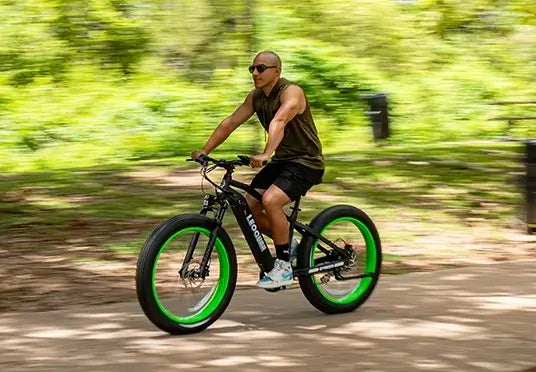



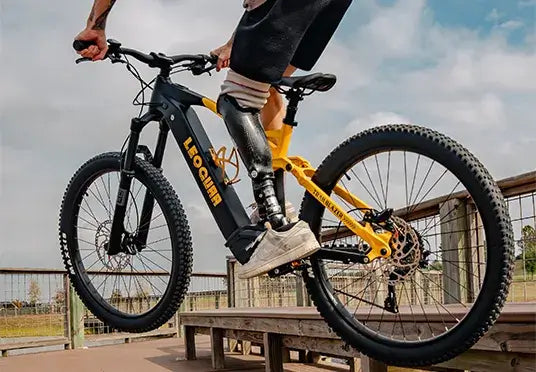

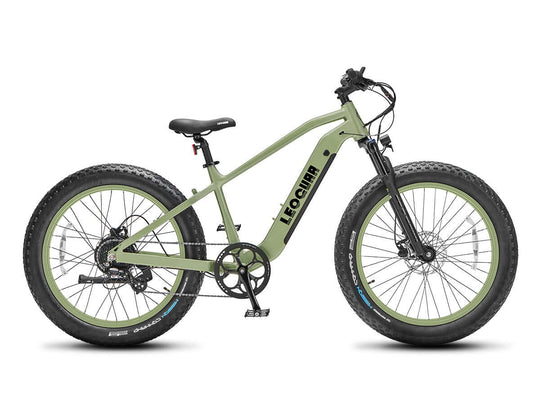
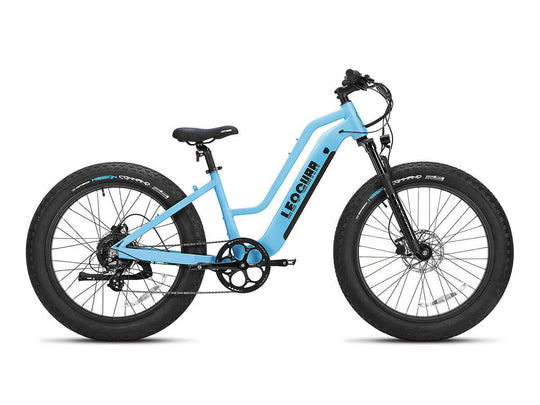
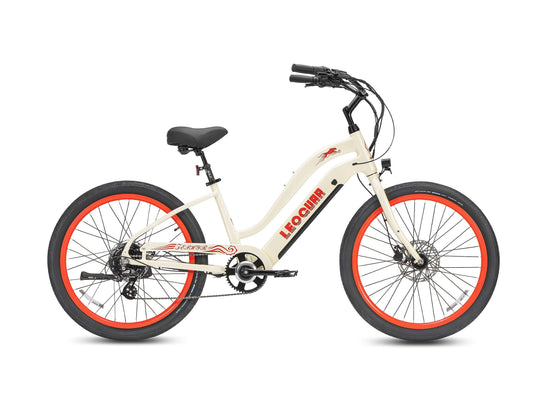
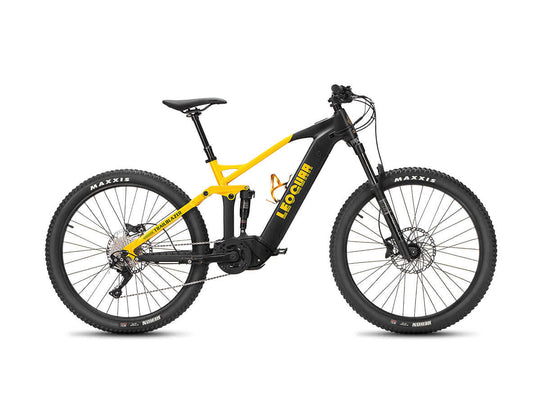
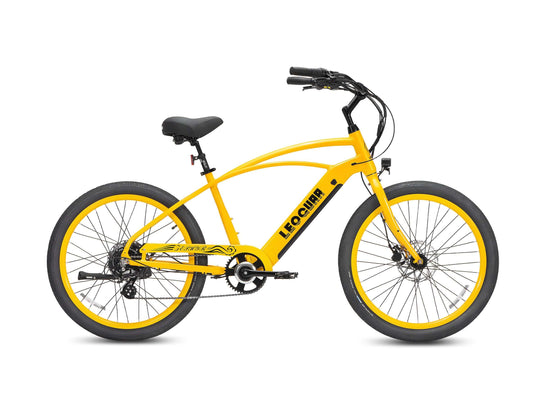
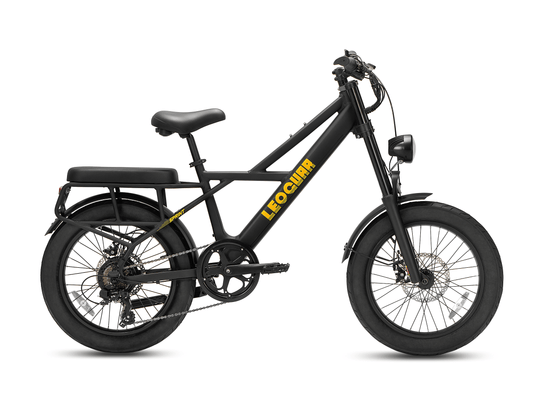

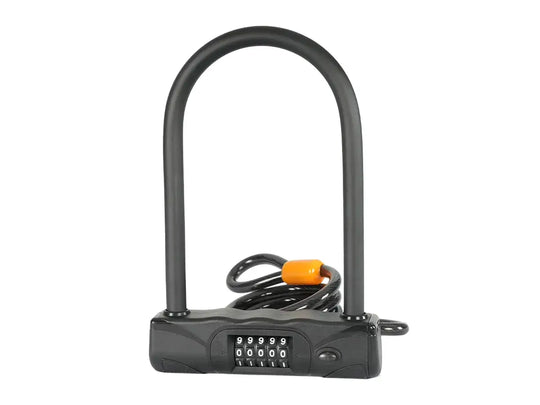
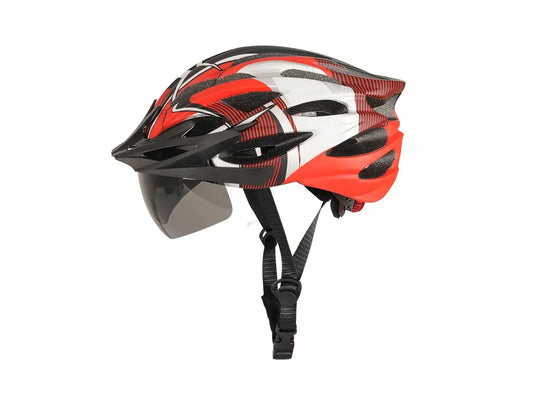
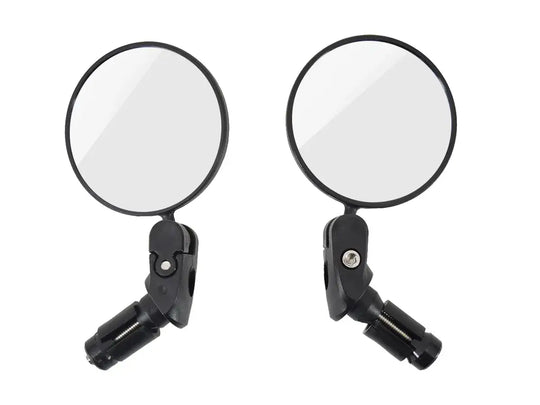

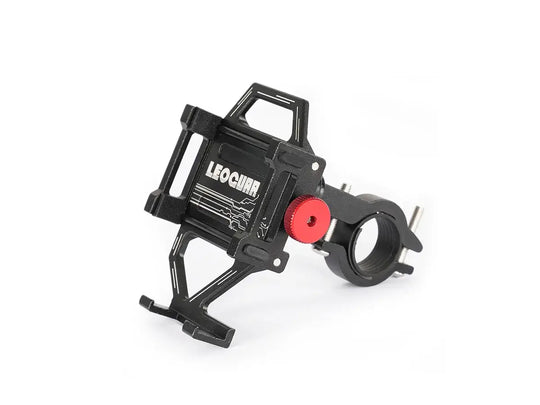
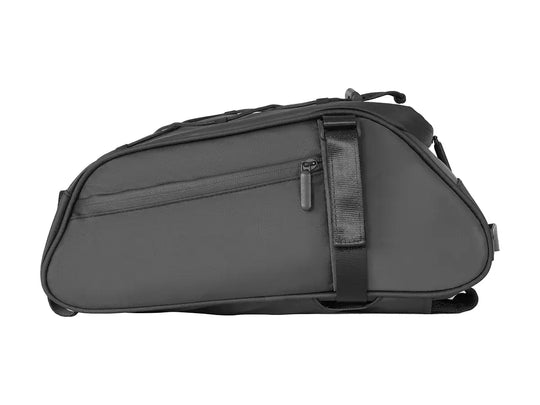
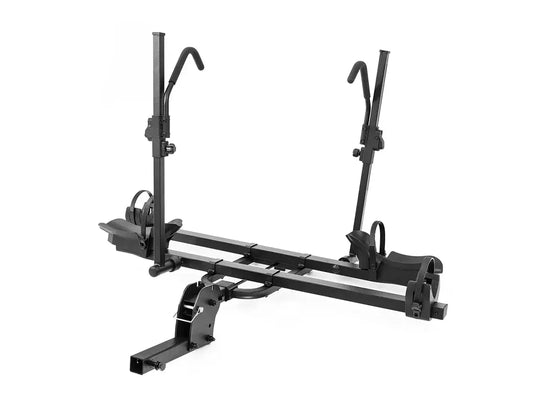

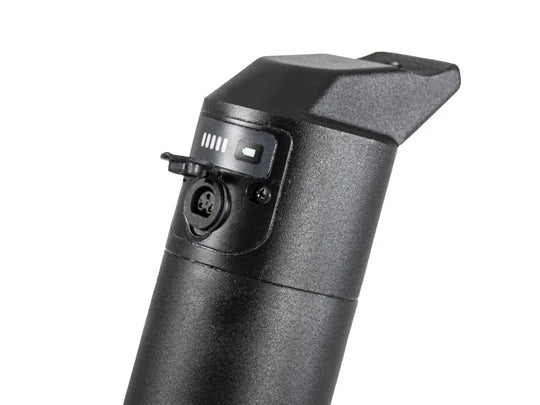
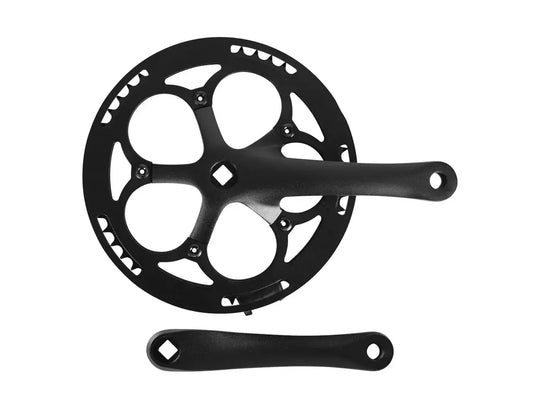
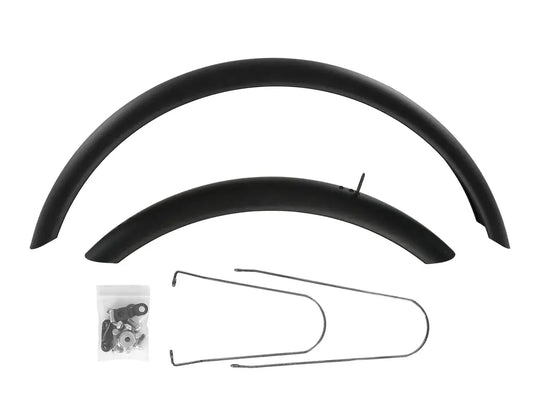
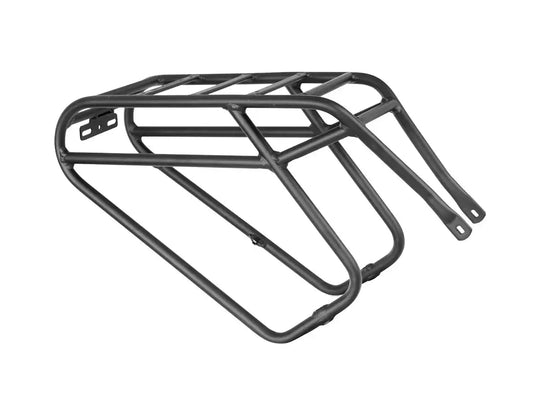
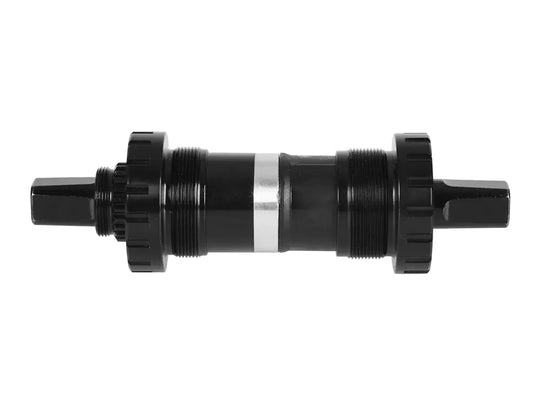

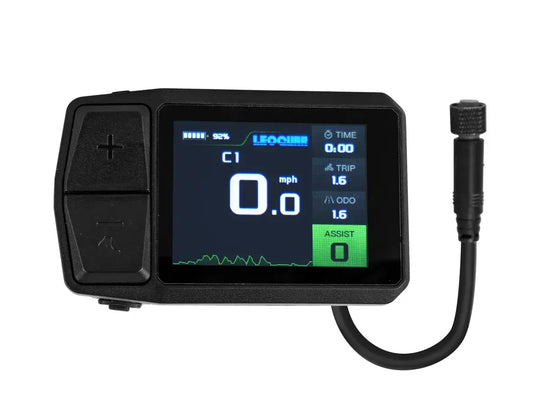
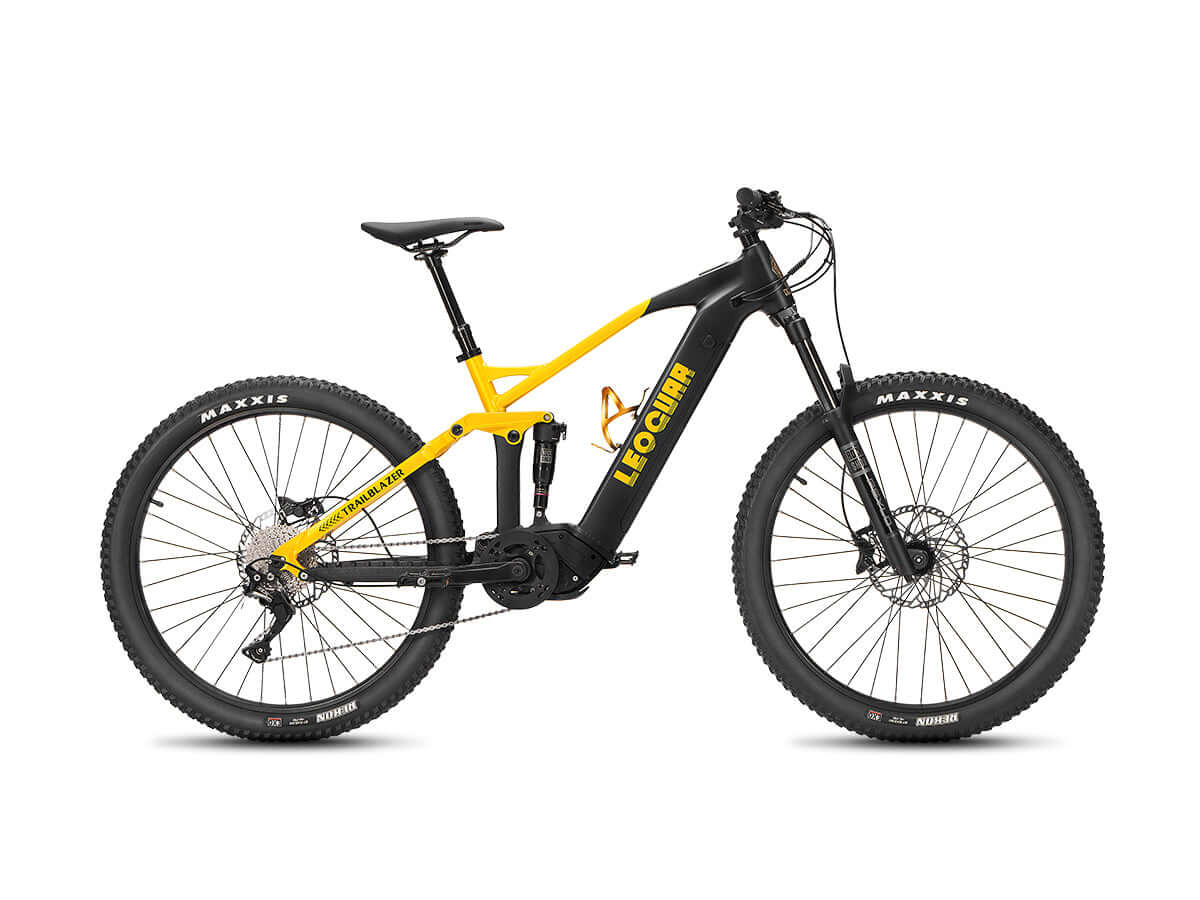








Leave a comment